The Best Craft Rum to Sip or Mix in Cocktails
Let’s face it, a lot of our preconceived notions about spirits are shaped by our youth. We chugged whatever was served at friends’ parties and bought the cheapest liquor at dive bars. That’s why a lot of people still associate rum with certain shall-not-be named varieties of spiced, sweetened, flavored rums. But craft rum is actually one of the more exciting spirits categories of the moment.
“For certain markets, rum seems to be a misunderstood spirit that often gets a bad reputation because of its association to a lot of poorly made, sugary concoctions,” says Eduard Baland, “rummelier” and mixologist at Zemi Beach House in Anguilla. “Personally, I’ll use young rum in a cocktail and enjoy aged ones on their own.”
Reconsidering Rum
Rum is a pretty free-wheeling category. If you walk into a liquor store in America and pick up a bottle of bourbon, there are rules about how it's made in order to be classified as such. Bourbon must be made of at least 51 percent corn; aged in new, charred oak container; and be crafted in the U.S. There are also a number of rules on how they distill and bottle it. It's the same legal restrictions that mean Champagne can only be from the Champagne region of France.
Rum, on the other hand, has none of these stipulations. It’s the Wild West spirit, a place for experimentation, a place for craft.
Related: Best Vodkas to Enjoy in Cocktails and on the Rocks
What Is Craft Rum?
Like a good hand-rolled cigar, you want your rum to have a skilled human touch. When you’re looking for that handcrafted element on a liquor store shelf, the term “craft” can be hard to really nail down. This is because the definition of craft spirits is not rigidly or legally defined.
Generally, we’re using the term "craft rum" here to refer to spirits that push the envelope, spirits that have smaller production runs than the big boys of rum, and spirits that are out to prove once and for all that a good rum can—and should—stand alongside the best whiskeys, vodkas, and gins.
To be technical about it, one of the three criteria used by the American Craft Spirits Association—the industry group for craft spirits in the U.S.—is “a product produced by a distillery who values the importance of transparency in distilling, and remains forthcoming regarding the spirit’s ingredients, distilling location, and aging and bottling process.” The ASCA’s other two criteria are that neither the distillery nor the distillery’s majority owner can produce more than 750,000 gallons per year.
What this means is that if a craft distillery outgrows that volume without changing their craft methods, they’re no longer "craft." Or, if they keep a low output but are bought by a larger company, they also lose the craft designation. It’s the “at what point is a micro-brand a brand” conversation.
This list is made up of rums that fulfill the first criteria, with a focus on transparency through the process and the quality of the spirit in the bottle—a mix of newly released rums, and very old offerings that are newly popular thanks to the bartenders scouring the world for new and interesting flavors.
Whether you want to add pop to a cocktail with a funky Haitian Clairin, make the perfect Hemingway daiquiri, or just sit on a porch with a smooth sipping rum, there’s bound to be a craft rum here for you.
22 Best Bottles of Craft Rum to Buy Now

Courtesy image
Bartenders from coast to coast love this Japanese rum. Kiyomi makes it from local cane molasses on the tropical island of Okinawa. “It has hints of smoked bamboo and pineapple rind, which make it very clean and clear,” says Daniel Delgado, food and beverage manager at the Ritz-Carlton, San Francisco. “It also has these really special white pepper notes that make any exotic cocktail truly one of a kind, like a Cuba libre.”

This award-winning distillery in southern Belize makes full use of its tropical location by crafting a portfolio of rums from heirloom sugar cane and pure water filtered through the rainforest canopy. Copalli also takes its sustainability to a new level by using the crushed sugar cane’s fibers as fuel for the boiler, which provides energy for the distillery. The remaining ash and post-distillation is then used to fertilize and irrigate the sugar cane fields for the next batch of rum. The resulting white rum? Smooth, bright, and with a delicate hint of tropical fruit. We suggest blending it in your favorite cocktail.

OK, remember what we said about steering clear of the spiced, syrupy-sweet traumatic rums of our youth? Disregard that—spiced, creamy rums can actually be irresistible. Blended with rich, real dairy cream, this perfectly blended concoction is a decadent after-dinner sipper, best served chilled straight up or on the rocks.

Hailing from the charming town of St. Michael’s, MD, on the Chesapeake Bay, this intriguing rum is aged in bourbon barrels for 12 months to render notes of vanilla and oak. The finish is delicate and dry.

The unique thing about Seven Fathoms rum is how (or rather, where) it’s aged: in containers dropped seven fathoms (42 feet) beneath the Caribbean Sea in the Cayman Islands. With unmistakable brown sugar and toffee notes and a long, spicy finish, it has all the personality you need for a fantastic rum punch.

This unique rum is a blend of molasses rums from Barbados and Mauritius, making it the world’s first African and Caribbean rum. It draws its name from Olaudah Equiano, freed slave and abolitionist from the 18th century. Proceeds from every bottle sold go toward Anti-Slavery International, an organization that works to eliminate all forms of modern slavery throughout the world.
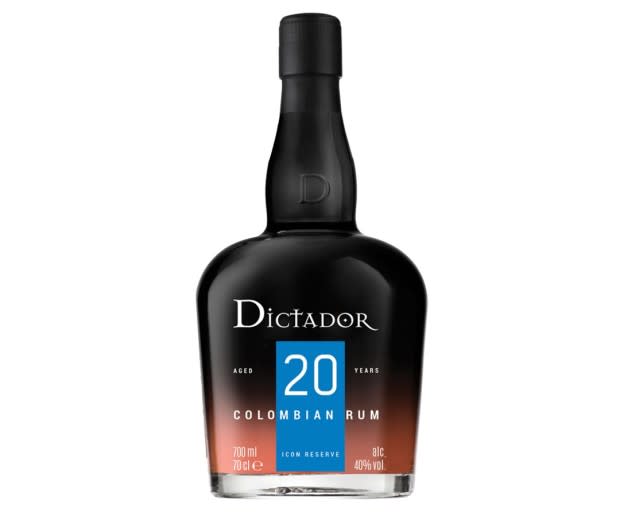
Third-generation rum producer and master blender Hernan Parra uses his native Colombia’s age-old traditions and tropical climate to create a luxurious spirit with an exceptional flavor profile. Soft caramel, vanilla, and smoky honey notes give way to spice and oak. Don’t you dare put this in a pi?a colada. Aged for a remarkable 20 years, this award-winning rum is meant to be enjoyed sip by sip all on its own.
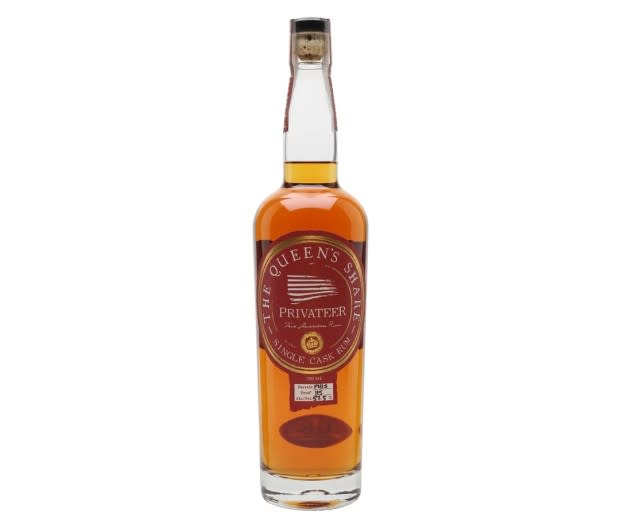
Everything that New England-based Privateer Rum produces is fantastic, but what’s particularly “craft” and interesting about its Queen’s Share offering is the use of traditional Cognac methods of distilling and redistilling the seconds (that transitional distillate between rich hearts and bitter tails). The result is a spirit with incredible complexity and character, aged for four years in new and used American oak casks, then blended and re-barreled in neutral casks before being bottled at cask strength. The mouthfeel? Extraordinary. The notes of elderflower, vanilla, toasted almond, and nutmeg? Unforgettable.

Mamajuana originated in the Dominican Republic about 500 years ago with the native Taino people. Contemporary mamajuana is what many of us would recognize as a sweet rum. Don’t panic! This isn’t the sickly sweet stuff you find in the bargain section of your local liquor store. This beautiful Candela Mamajuana is a blend of rum, spices, and just a touch of honey.

Who said blends can’t be high brow? For the third volume in its limited run of craft rums, Boston-based Bully Boy Distillers offers up an intriguing blend of 12-year rums from Panama, Barbados, Brazil, and the Dominican Republic, for a striking “dessert course” rum with strong notes of crême br?lée and butterscotch.
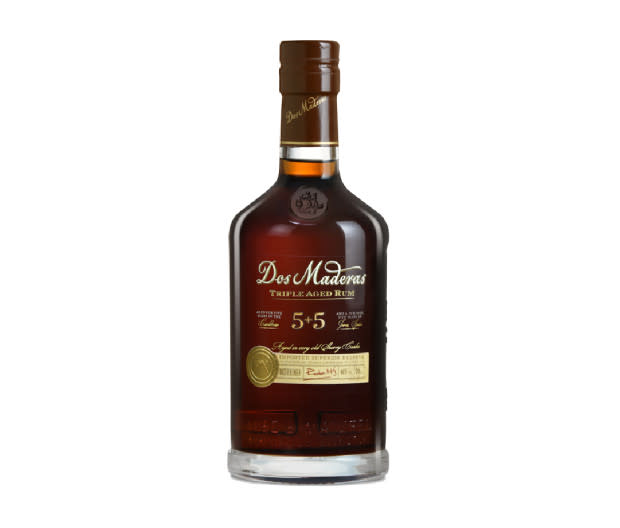
Courtesy Image
This special rum begins its journey in the Caribbean, where it ages for five years before completing an additional aging process in Jerez, Spain, where two different types of sherry casks catapult this spirit into a new level of aging. It’s complex, smooth, and has beautiful notes of dried fruit.

Courtesy Image
Bayou Rum was launched by three friends from Louisiana in 2013. They refer to this Reserve as “the rum for bourbon drinkers,” because it’s aged in “wet” ex-bourbon barrels and therefore it picks up more pronounced bourbon notes than a dry ex-bourbon cask would impart. The rum itself is pot distilled in Southwest Louisiana from native sugarcane, and it also employs the solera aging technique, for up to four years. Bottled at an easy-sipping 40 percent ABV.
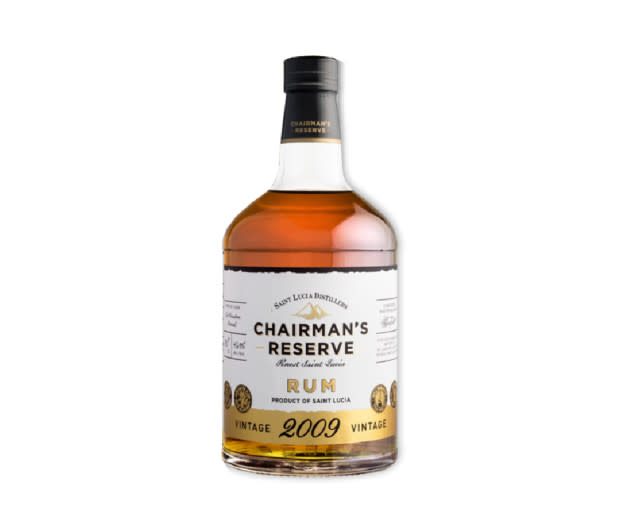
Courtesy Image
Chairman’s Reserve is the top-tier rum produced by St. Lucia’s only working distillery: St. Lucia Distillers. The brand was created in 1999 by the company’s chairman at the time, hence the name. The 2009 vintage has garnered many international awards, and is the brainchild of Deny Duplessis, a St. Lucia native and former high school science teacher who rose up through the ranks at St. Lucia Distillers from lab technician to master blender. It’s a blend of 11-year-old rums from two pot stills and a Coffey still, aged in a mix of ex-bourbon, ex-port, ex-brandy, and ex-red and -white wine barrels. The blend is married in oak casks before bottling at a firm 46 percent ABV.
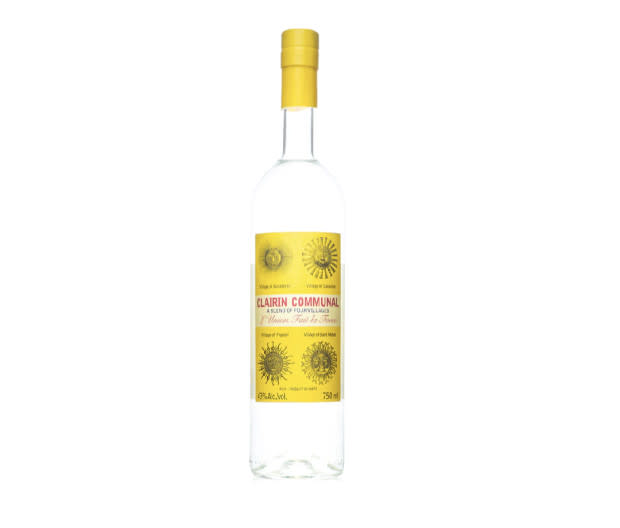
Courtesy Image
Raw, funky, and rustic, Clairin is the national spirit of Haiti and a cultural symbol of the island nation. Similar to Rhum Agricole, it’s made from cane juice fermented with naturally occurring yeast and pot distilled. Instead of notes of nutmeg and spice you’d find in rum, Clairin has mineral notes and grassy brightness. Clairin Communal is a blend of four Clairin rums from four different municipalities, made from organic sugarcane cultivated without pesticides. This is the first-ever blend of multiple Clairin producers, and the combination is complex with punchy aromatics—try subbing in a half-ounce of this into a classic rum cocktail for another dimension of flavor.
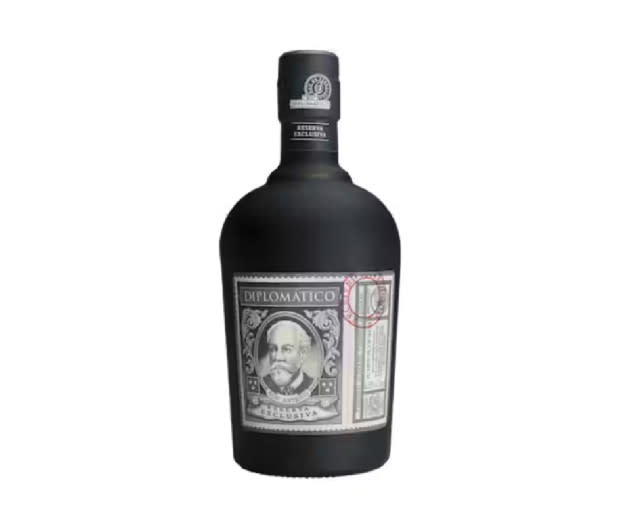
Courtesy Image
An extraordinary value for a seriously great sipping rum you can enjoy neat. It’s made from sugar cane honey—evaporated and filtered cane juice that's less processed than molasses typically used in rum. Diplomatico was established in 1959, and sits at the base of the Andes Mountains in Venezuela. All the cane used in its rums is grown within a 60-mile radius of the distillery. It distills in three different ways: column still, kettle still, and pot still, and ages its spirits in ex-bourbon, ex-malt whisky, and ex-oloroso and PX sherry casks. This Reserva blend includes rums aged up to 12 years.
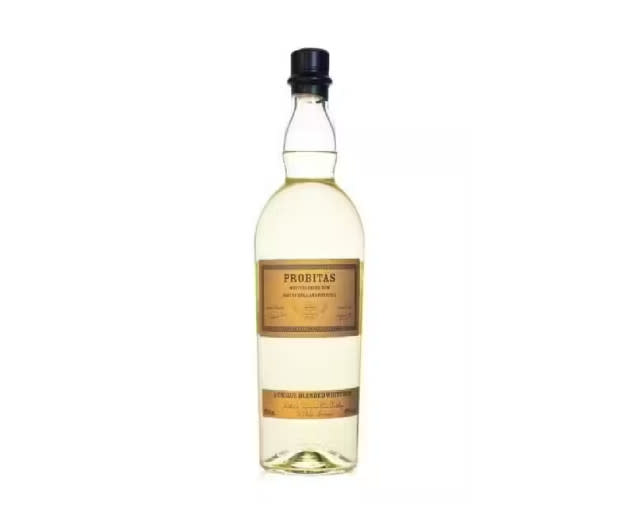
Courtesy Image
This rum has a unique combination of depth and brightness that makes it particularly good in cocktails. It’s a combination of pot and column still rums from Foursquare Distillery in Barbados and Hampden Estate distillery in Jamaica and blended by Richard Seale—a rockstar in the rum world. The three rums include two-year-old tropically aged Foursquare pot still rum for color, unaged Foursquare Coffey column still rum, and unaged Hampden pot still rum. At 47 percent ABV, it won’t lose its bite when diluted. Try this in a Hemingway daiquiri or a mojito.
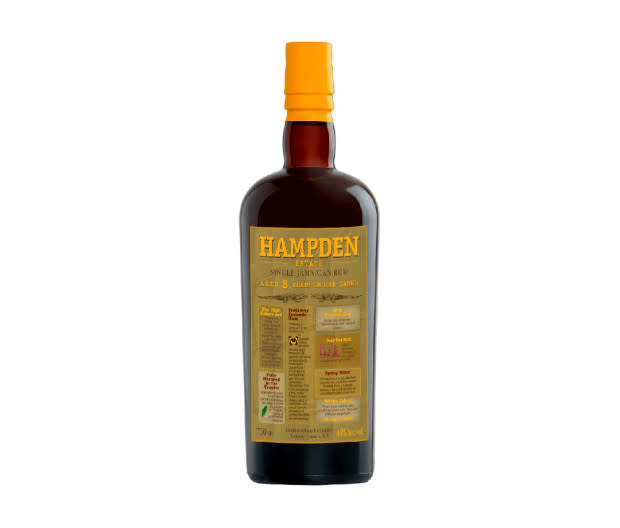
Courtesy Image
This is a funky Jamaican rum brimming with personality from a gloriously low-tech distillery. We’re not talking waterwheel tech, but Hampden is certainly doing things the old-fashioned way: A long, open fermentation with naturally occurring yeast brings in all kinds of funky flavors. After distillation in copper pot stills, it's tropically aged in Jamaica, where the heat and humidity causes quicker evolution than with spirits aged at higher latitudes. Hampden Estate has grown some of the finest sugarcane in Jamaica since the 1700s. In the modern era, it produced rum for export, but it wasn’t bottled as its own brand until 2018. This eight-year is bottled at 46 percent ABV, and like all Hampden expressions, it’s beloved by rum aficionados for its uniqueness.
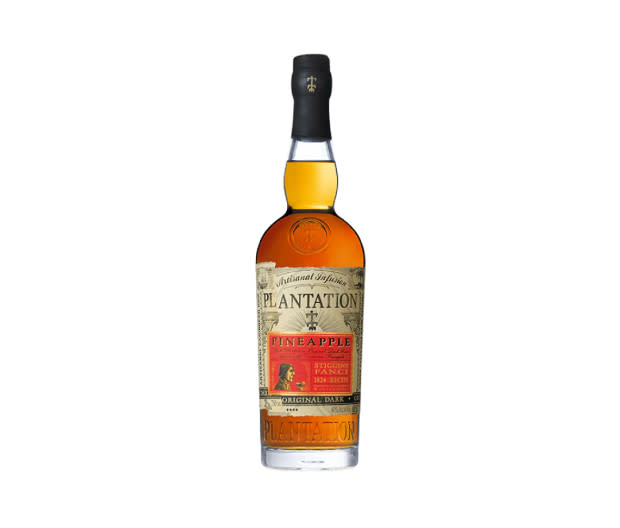
Courtesy Image
Plantation Rum’s owner, Maison Ferrand, is not craft in size but it is in terms of attention to detail. Stiggins’ Fancy is named for a Charles Dickens character, Reverend Stiggins, who fancied pineapple rum. To make it, the distillery starts with its signature rum: a blend of rums distilled from molasses from Trinidad, Barbados, and Jamaica. This is steeped with hand-cut Victoria pineapple for three months while another batch is steeped in pineapple rind for the same period of time, then the two batches are married in casks. A cocktail in a bottle, this is excellent on the rocks. It's rich without being sweet and adds depth of flavor to any tropical cocktail without adding unnecessary sweetness.
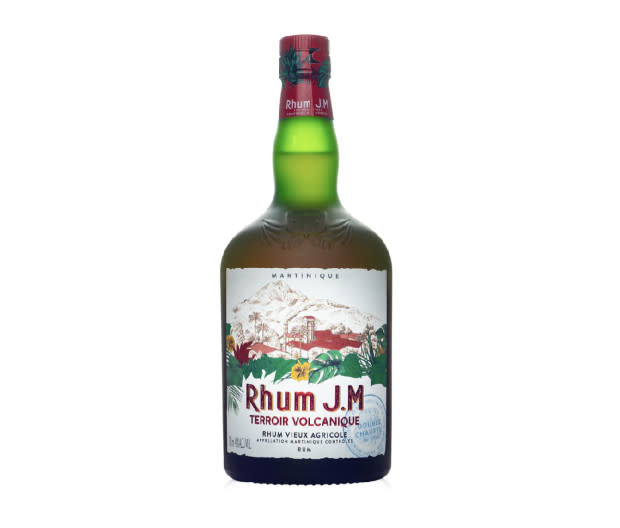
Courtesy Image
A new release from a very old producer, Rhum J.M. has been making Rhum Agricole in Martinique since 1845. It's distilled from sugarcane juice instead of molasses. This release is a blend of rums aged three years or more in new American oak casks that were given a heavy char in the distillery’s on-site cooperage. The deep alligator char on the barrels adds smoky aroma intended to celebrate the volcanic terroir from the foot of nearby Mount Pelée. It’s made from sugarcane grown in direct proximity to the distillery, and using mineral spring water from the estate. Enjoy it as a sipper on the rocks or to substitute for whiskey in a classic cocktail like a Manhattan.

Courtesy Image
You won’t find a rum more handmade than this one from River Antoine Estate in Grenada, the oldest operational distillery in the Caribbean that still functions as it has since 1785. The most modern piece of equipment is the waterwheel added in 1840 that uses the current of River Antoine to crush the cane. It’s made from fresh-pressed juice, similar to Rhum Agricole, using cane grown on the estate or nearby. Bottled at 69 percent ABV, this will cut through the cloying sweetness of any tropical cocktail and shine through.
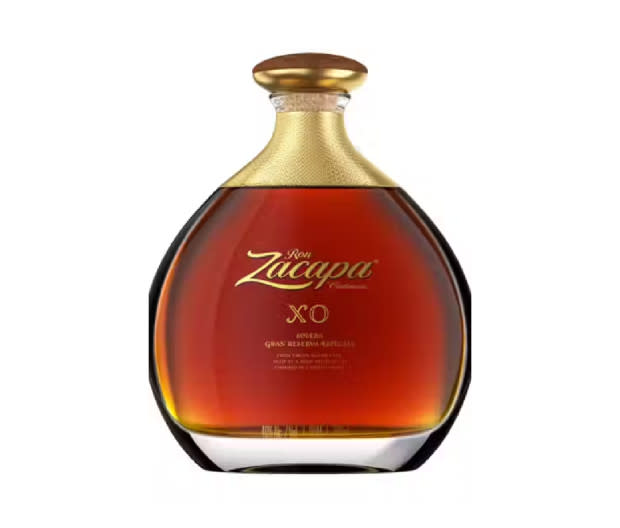
Courtesy Image
This flagship Zacapa is an uncompromising Guatemalan sipping rum. It begins with first-press cane juice, fermented with yeast derived from pineapples, and column distilled. It’s then aged at a facility 7,500 feet above sea level using the Solera aging method, where barrels are stacked with the newest spirit at the top. Each tier is gradually added to the tier below, so that every drop is aged in a variety of cask types—including ex-whiskey and ex-sherry—on its way to the oldest bottom tier. This blend includes rums up to 25 years old, selected by Zacapa’s longtime master blender, Lorena Vásquez. The XO name comes from the fact that the blend is finished in French Limousin oak ex-Cognac casks.
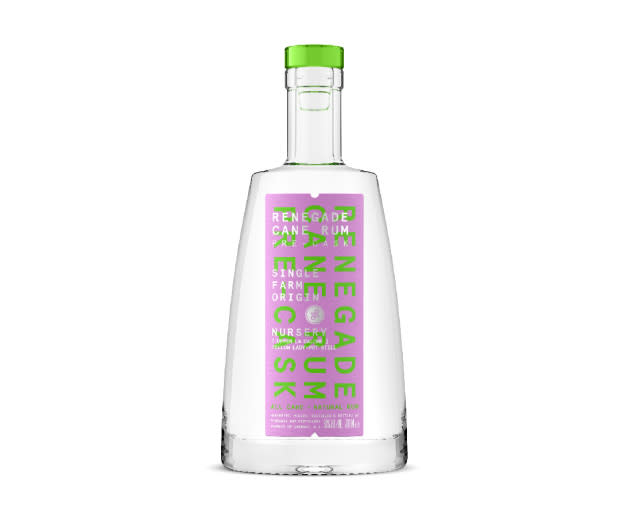
Courtesy Image
Renegade Rum was founded by Mark Reynier, the man who resurrected Bruichladdich Distillery in Scotland and launched Waterford Whiskey in Ireland. The modern facility, replete with environmentally conscious tech, began production in 2020. Focused on terroir, the distillery’s Nursery Cane expression is an unaged rum made from fresh cane juice, specifically from heritage Yellow Lady cane grown in Upper La Calome, Grenada. Drink it neat for a different kind of rum experience or add to a rum cocktail to take it in a new direction. Bottled at 50 percent ABV.